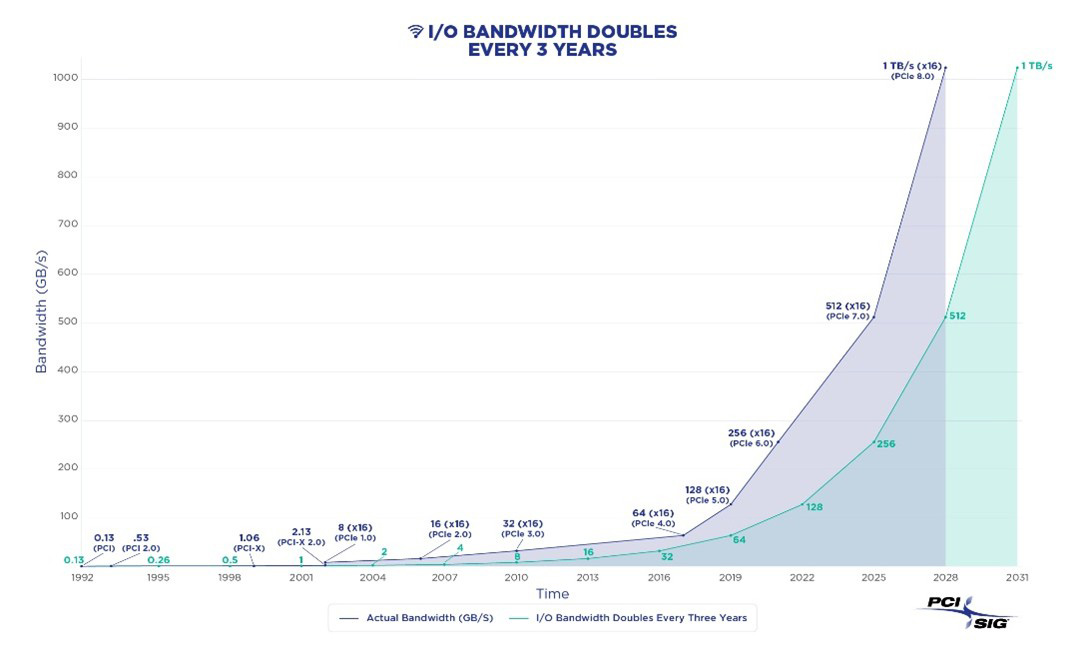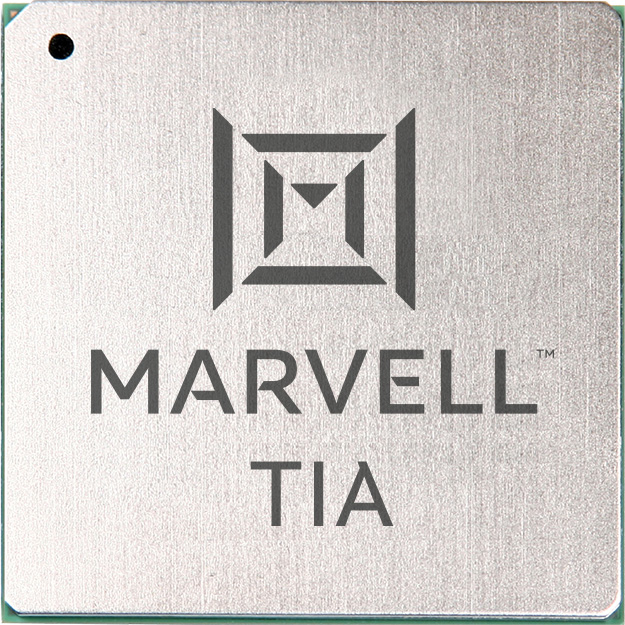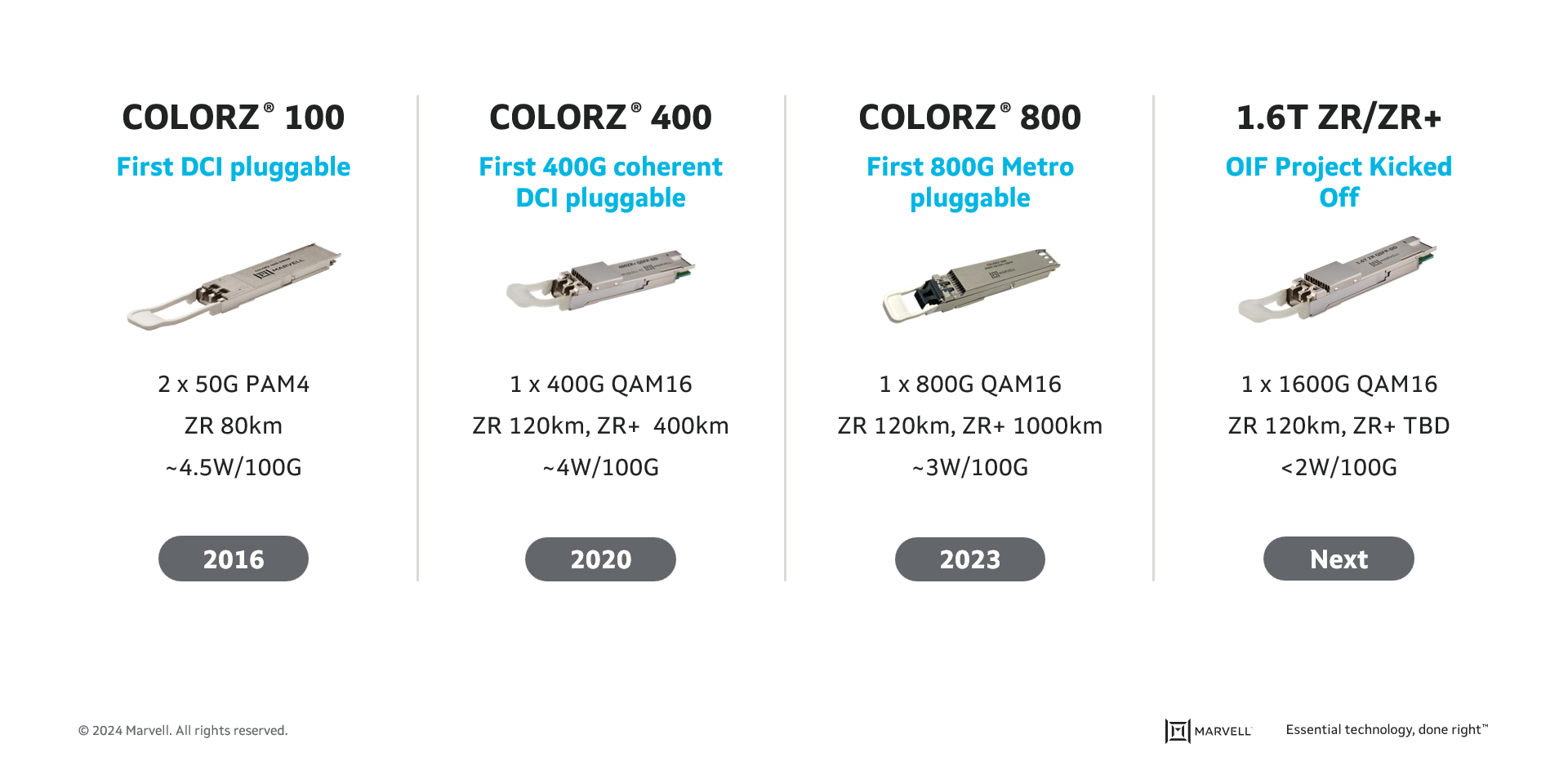

By Winnie Wu, Senior Director Product Marketing at Marvell
Welcome to the beginning of row-scale computing.
At the 2025 OCP Global Summit, Marvell and Infraeo will showcase a breakthrough in high-speed interconnect technology — a 9-meter active electrical cable (AEC) capable of transmitting 800G across standard copper. The demonstration will take place in the Marvell booth #B1.
This latest innovation brings data center architecture one step closer to full row-scale AI system design, allowing copper connections that stretch across seven racks - that’s nearly the length of a standard 10-rack row. It builds on the prior achievement by Marvell of a 7-meter AEC demonstrated at OFC 2025, pushing high-speed copper technology even further beyond what was thought possible.
Pushing the Boundaries of Copper
Until now, copper connections in large-scale AI systems have been limited by reach. Traditional electrical cables lose signal quality as distance increases, restricting system architects to a few meters between servers or racks. The 9-meter AEC changes that equation.
By combining high-performance digital signal processing (DSP) with advanced noise reduction and signal integrity engineering, the new design extends copper’s effective range well beyond conventional limits, maintaining clean, low-latency data transfer over distances once thought achievable only with optical fiber.
By Annie Liao, Product Management Director, ODSP Marketing, Marvell
For over 20 years, PCIe, or Peripheral Component Interconnect Express, has been the dominant standard to connect processors, NICs, drives and other components within servers thanks to the low latency and high bandwidth of the protocol as well as the growing expertise around PCIe across the technology ecosystem. It will also play a leading role in defining the next generation of computing systems for AI through increases in performance and combining PCIe with optics.
Here’s why:
PCIe Transitions Are Accelerating
Seven years passed between the debut of PCIe Gen 3 (8 gigatransfers/second—GT/s) in 2010 and the release of PCIe Gen 4 (16 GT/sec) in 2017.1 Commercial adoption, meanwhile, took closer to a full decade2

Toward a terabit (per second): PCIe standards are being developed and adopted at a faster rate to keep up with the chip-to-chip interconnect speeds needed by system designers.
By Nicola Bramante, Senior Principal Engineer
Transimpedance amplifiers (TIAs) are one of the unsung heroes of the cloud and AI era.
At the recent OFC 2025 event in San Francisco, exhibitors demonstrated the latest progress on 1.6T optical modules featuring Marvell 200G TIAs. Recognized by multiple hyperscalers for its superior performance, Marvell 200G TIAs are becoming a standard component in 200G/lane optical modules for 1.6T deployments.

TIAs capture incoming optical signals from light detectors and transform the underlying data to be transmitted between and used by servers and processors in data centers and scale-up and scale-out networks. Put another way, TIAs allow data to travel from photons to electrons. TIAs also amplify the signals for optical digital signal processors, which filter out noise and preserve signal integrity.
And they are pervasive. Virtually every data link inside a data center longer than three meters includes an optical module (and hence a TIA) at each end. TIAs are critical components of fully retimed optics (FRO), transmit retimed optics (TRO) and linear pluggable optics (LPO), enabling scale-up servers with hundreds of XPUs, active optical cables (AOC), and other emerging technologies, including co-packaged optics (CPO), where TIAs are integrated into optical engines that can sit on the same substrates where switch or XPU ASICs are mounted. TIAs are also essential for long-distance ZR/ZR+ interconnects, which have become the leading solution for connecting data centers and telecom infrastructure. Overall, TIAs are a must have component for any optical interconnect solution and the market for interconnects is expected to triple to $11.5 billion by 2030, according to LightCounting.
With AI computing and cloud data centers requiring unprecedented levels of performance and power, Marvell is leading the way with transformative optical interconnect solutions for accelerated infrastructure to meet the rising demand for network bandwidth.
At the ECOC 2024 Exhibition Industry Awards event, Marvell received the Most Innovative Pluggable Transceiver/Co-Packaged Module Award for the Marvell® COLORZ® 800 family. Launched in 2020 for ECOC’s 25th anniversary, the ECOC Exhibition Industry Awards spotlight innovation in optical communications, transport, and photonic technologies. This recognition highlights the company’s innovations in ZR/ZR+ technology for accelerated infrastructure and demonstrates its critical role in driving cloud and AI workloads.

Coherent optical digital signal processors (DSPs) are the long-haul truckers of the communications world. The chips are essential ingredients in the 600+ subsea Internet cables that crisscross the oceans (see map here) and the extended geographic links weaving together telecommunications networks and clouds.
One of the most critical trends for long-distancer communications has been the shift from large, rack-scale transport equipment boxes running on embedded DSPs often from the same vendor to pluggable modules based on standardized form factors running DSPs from silicon suppliers tuned to the power limits of modules.
With the advent of 800G ZR/ZR+ modules, the market arrives at another turning point. Here’s what you need to know.
It’s the Magic of Modularity
PCs, smartphones, solar panels and other technologies that experienced rapid adoption had one thing in common: general agreement on the key ingredients. By building products around select components, accepted standards and modular form factors, an ecosystem of suppliers sprouted. And for customers that meant fewer shortages, lower prices and accelerated innovation.
The same holds true of pluggable coherent modules. 100 Gbps coherent modules based on the ZR specification debuted in 2017. The modules could deliver data approximately 80 kilometers and consumed approximately 4.5 watts per 100G of data delivered. Microsoft became an early adopter and used the modules to build a mesh of metro data centers1.

Flash forward to 2020. Power per 100G dropped to 4W and distance exploded: 120k connections became possible with modules based on the ZR standard and 400k with the ZR+ standard. (An organization called OIF maintains the ZR standard. ZR+ is controlled by OpenROADM. Module makers often make both varieties. The main difference between the two is the amplifier: the DSPs, number of channels and form factors are the same.) ®
The market responded. 400ZR/ZR+ became adopted more rapidly than any other technology in optical history, according to Cignal AI principal analyst Scott Wilkinson.
“It opened the floodgates to what you could do with coherent technology if you put it in the right form factor,” he said during a recent webinar.